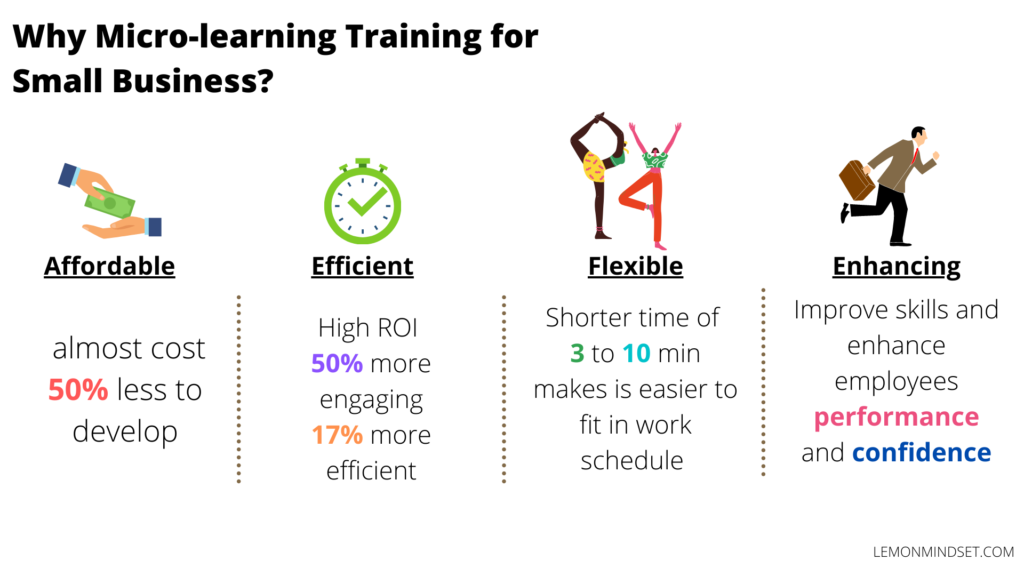Why did I do so? Merely because if I wanted to learn, I had to start with a new slate. This was necessary for me to be able to absorb new information without it being filtered through the layers of knowledge and experience I have built over the years, I wanted to marginalize constructivism learning theory at this stage if that is possible. Let me share an example of the importance of this phase, in business we use the term SMEs to refer to small and medium-sized enterprises, while in instructional design we use it to refer to subject matter experts. It’s as simple and confusing as that! The good thing with coming from a different background is that I don’t have to unlearn things in the field itself that I might have learned incorrectly, instead I am starting a new page and getting the proper knowledge on it.
“If I wanted to learn, I had to start with a new slate“
Now after a year in the program and taking seven courses so far, I have come along way, currently, I wear both lenses the business one and the instructional design one, I am happy with the outcomes because learning is part of everything and business as well. I find that both fields complement each other for me. I use business skills such as communication, project management, budgeting, and planning in my instructional design work, and vice versa!
My interest and experience in entrepreneurship are reflected in my choices of projects and topics to work on in my instructional design program. I have a goal of building an open-source learning material for business owners to help them with developing the skills they need to manage their business. This might sound ambitious but it is not impossible.
Yes, I have taken a shift, but I did not press delete! I still use my previous knowledge and experience to develop my unique take on both worlds.
Have you shifted from a completely different field to instructional design? would love to hear about your experience.
Featured image by Sayed Ali on Unsplash
]]>Small businesses and startups are other environments were employees’ training and development are overlooked, which can be understandable. However, what these businesses need to keep in mind is that employment market can be competitive, and small businesses don’t always provide a sense of job security so a lot of times they end up with less skilled employees because they are not able to compete with bigger companies who have higher salary scale, development programs for their staff, a stronger name to add to their resume, and a well-established hierarchy that gives them a sense of safety.
An article by Monster.com talks about employees retention and lists employees not given developmental opportunities among the reasons they quit their jobs. From my managerial experience, employees are encouraged to stay in a company that invests in their development by providing training and growth opportunities. Therefore, small businesses need solutions to how they can provide such an environment for their employees while maintaining a reasonable budget.
A great solution is micro-learning based training. Though micro-learning does not have a universal definition, I will refer to a simple definition by Karla Gutierrez, as she defines it as an educational approach that offers bite-sized, small learning units with just the necessary amount of information to help learners achieve a goal. Just like how bite-sized food have the full flavor, taste, and experience of the same full-sized dish, and gives the person a chance to try different varieties of flavors while being easy on the stomach; micro-learning let you learn what you need in a shorter time, giving the learner a chance to learn several things quicker while engaging in a full learning experience that is more digestible for the brain.
Why micro-learning can be a solution for your small business or tight budget?

1- Affordable:
Developing micro-learning training material can cost almost 50% less than conventional learning programs, generally because they are shorter and take less time to develop. Also, most of the time micro-learning does not need an instructor, training space, or equipment, as they are self-directed eLearning experiences at most. Some platforms such as Youtube and Wikihow provide free material as well, all you need is to give your employees the time and encouragement to engage with micro-learning.
2- Cost and time efficient:
Micro-learning has a high return on investment (ROI) because they are highly effective compared to what they cost. Studies show that with micro-learning the transfer of learning is around 17% more efficient and the learning experience is 50% more engaging, resulting in better retention of learned knowledge. Therefore the amount of money spent on employees’ micro-learning training considered well invested.
3- Flexible:
Micro-training gives the employees the flexibility of accommodating them in their busy working schedule, without them being away from their office or daily responsibilities for a long time. This made possible by the bite-sized nature of the materials used that average between 3 to 10 minutes and can be easily accessed from any mobile device. This is crucial for small businesses that operate with a small number of employees.
4- Enhances employees’ performance:
Many businesses work hard to have highly skilled employees, as it provides them with a competitive advantage. Unfortunately, small businesses can’t afford to have an employee for every specific role in the business, therefore, they tend to have an employee performing more than one task. However, it is not easy to find one employee who is a high performer at all tasks. Micro-learning can help business owners in developing specific skills that their business needs because they are focused and learner-centered. Micro-learning works well in providing learners with the precise needed skill and know-how, leaving them feeling more empowered and confidant.
If you think that micro-learning is a solution for your small business, I am curious know what are the most required skills for your employees and why?
Featured Image by Miguel Andrade on Unsplash
]]>